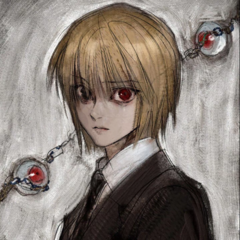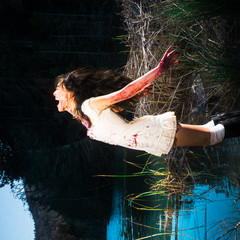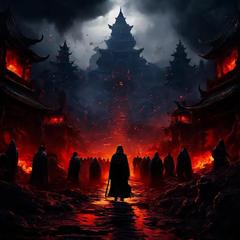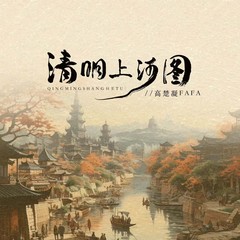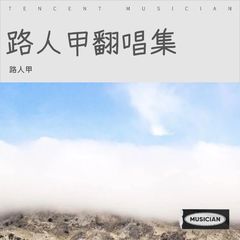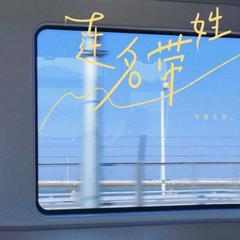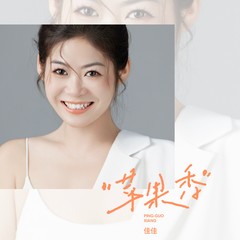Stan Kenton
Stan Kenton,美国作曲家,钢琴家。他带领的乐队被誉为“史上最具实验性的乐团”。而他的团员来来去去,皆是西岸爵士最重要的人物,任何人们想得到的西岸乐手都曾在他团里待过。 by Scott Yanow There have been few jazz musicians as consistently controversial as Stan Kenton. Dismissed by purists of various genres while loved by many others, Kenton ranks up there with Chet Baker and Sun Ra as jazzs top cult figure. He led a succession of highly original bands that often emphasized emotion, power, and advanced harmonies over swing, and this upset listeners who felt that all big bands should aim to sound like Count Basie. Kenton always had a different vision. Kenton played in the 1930s in the dance bands of Vido Musso and Gus Arnheim, but he was born to be a leader. In 1941 he formed his first orchestra, which later was named after his theme song Artistry in Rhythm. A decent Earl Hines-influenced pianist, Kenton was much more important in the early days as an arranger and inspiration for his loyal sidemen. Although there were no major names in his first band (bassist Howard Rumsey and trumpeter Chico Alvarez come the closest), Kenton spent the summer of 1941 playing regularly before a very appreciative audience at the Rendezvous Ballroom in Balboa Beach, CA. Influenced by Jimmie Lunceford (who, like Kenton, enjoyed high-note trumpeters and thick-toned tenors), the Stan Kenton Orchestra struggled a bit after its initial success. Its Decca recordings were not big sellers and a stint as Bob Hopes backup radio band was an unhappy experience; Les Brown permanently took Kentons place. By late 1943 with a Capitol contract, a popular record in Eager Beaver, and growing recognition, the Stan Kenton Orchestra was gradually catching on. Its soloists during the war years included Art Pepper, briefly Stan Getz, altoist Boots Mussulli, and singer Anita ODay. By 1945 the band had evolved quite a bit. Pete Rugolo became the chief arranger (extending Kentons ideas), Bob Cooper and Vido Musso offered very different tenor styles, and June Christy was Kentons new singer; her popular hits (including Tampico and Across the Alley From the Alamo) made it possible for Kenton to finance his more ambitious projects. Calling his music progressive jazz, Kenton sought to lead a concert orchestra as opposed to a dance band at a time when most big bands were starting to break up. By 1947 Kai Winding was greatly influencing the sound of Kentons trombonists, the trumpet section included such screamers as Buddy Childers, Ray Wetzel, and Al Porcino, Jack Costanzos bongos were bringing Latin rhythms into Kentons sound, and a riotous version of The Peanut Vendor contrasted with the somber Elegy for Alto. Kenton had succeeded in forming a radical and very original band that gained its own audience. In 1949 Kenton took a year off. In 1950 he put together his most advanced band, the 39-piece Innovations in Modern Music Orchestra that included 16 strings, a woodwind section, and two French horns. Its music ranged from the unique and very dense modern classical charts of Bob Graettinger to works that somehow swung despite the weight. Such major players as Maynard Ferguson (whose high-note acrobatics set new standards), Shorty Rogers, Milt Bernhart, John Graas, Art Pepper, Bud Shank, Bob Cooper, Laurindo Almeida, Shelly Manne, and June Christy were part of this remarkable project, but from a commercial standpoint, it was really impossible. Kenton managed two tours during 1950-1951 but soon reverted to his usual 19-piece lineup. Then quite unexpectedly, Kenton went through a swinging period. The charts of such arrangers as Shorty Rogers, Gerry Mulligan, Lennie Niehaus, Marty Paich, Johnny Richards, and particularly Bill Holman and Bill Russo began to dominate the repertoire. Such talented players (in addition to the ones already named) as Lee Konitz, Conte Candoli, Sal Salvador, Stan Levey, Frank Rosolino, Richie Kamuca, Zoot Sims, Sam Noto, Bill Perkins, Charlie Mariano, Mel Lewis, Pete Candoli, Lucky Thompson, Carl Fontana, Pepper Adams, and Jack Sheldon made strong contributions. The music was never predictable and could get quite bombastic, but it managed to swing while still keeping the Kenton sound. Kentons last successful experiment was his mellophonium band of 1960-1963. Despite the difficulties in keeping the four mellophoniums (which formed their own separate section) in tune, this particular Kenton orchestra had its exciting moments. However from 1963 on, the flavor of the Kenton big band began to change. Rather than using talented soloists, Kenton emphasized relatively inexpensive youth at the cost of originality. While the arrangements (including those of Hank Levy) continued to be quite challenging, after Gabe Baltazars graduation in 1965, there were few new important Kenton alumni (other than Peter Erskine and Tim Hagans). For many of the young players, touring with Kenton would be the high point of their careers rather than just an important early step. Kenton Plays Wagner (1964) was an important project, but by then the bandleaders attention was on jazz education. By conducting a countless number of clinics and making his charts available to college and high-school stage bands, Kenton insured that there would be many bands that sounded like his, and the inverse result was that his own young orchestra sounded like a professional college band! Kenton continued leading and touring with his big band up until his death in 1979. Kenton recorded for Capitol for 25 years (1943-1968) and in the 1970s formed his Creative World label to reissue most of his Capitol output and record his current band. In recent times Capitol has begun reissuing Kentons legacy on CD and there have been two impressive Mosaic box sets.


 Its Been a Long Long Time(feat. June Christy) - Stan Kenton&June Christy
Its Been a Long Long Time(feat. June Christy) - Stan Kenton&June Christy